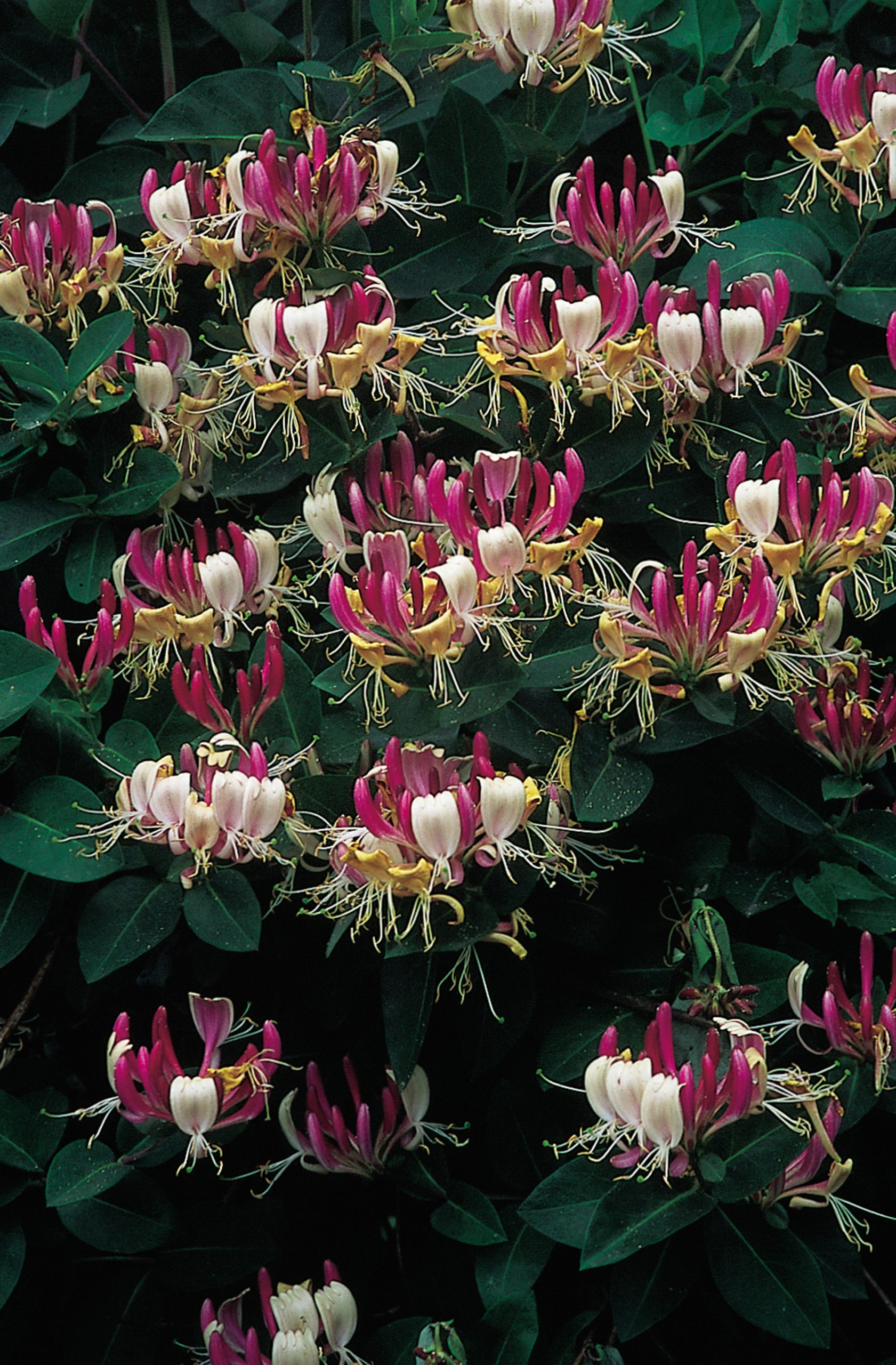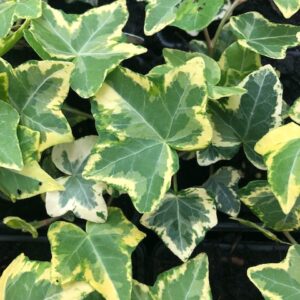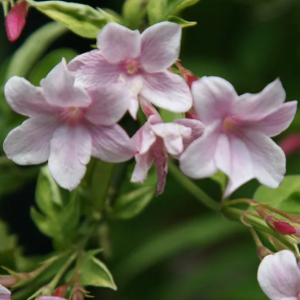Climbers, Non evergreen climbers
Honeysuckle
Lonicera periclymenum Serotina
£14.99
Late Dutch Honeysuckle
Honeysuckle 

Lonicera periclymenum Serotina is a twining climber with mid-green leaves and very fragrant creamy white flowers streaked dark purple-red.
One of the most appealing characteristics of Lonicera periclymenum Serotina is its fragrance. The flowers emit a sweet, heady scent that is reminiscent of honey, which is why the plant is commonly known as honeysuckle. The fragrance is most potent at night, making the plant a popular choice for gardens and patios where people spend evenings outdoors.
Lonicera periclymenum Serotina flowers May to June. Fruits form in July. A vigorous grower, reaching up to a height of 7m.
It enjoys full Sun or partial Shade, and is very hardy.
SKU: LONICERA-PS
Categories: Climbers, Non evergreen climbers
Tags: climbing plant, Cottage garden plant, Easy to grow, Highly fragrant, Red flowers, Scented, Summer flowering, Wall shrub, Woodland plant
Related products
-
Rated 0 out of 5
Hedera Goldchild
£3.99 Select options This product has multiple variants. The options may be chosen on the product page -
Rated 0 out of 5
Hydrangea anomala petiolaris
£14.99 Select options This product has multiple variants. The options may be chosen on the product page -
Rated 0 out of 5
Jasminum stephanense
£14.99 Select options This product has multiple variants. The options may be chosen on the product page






